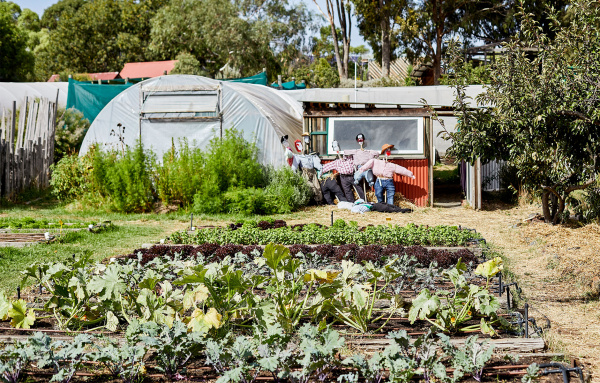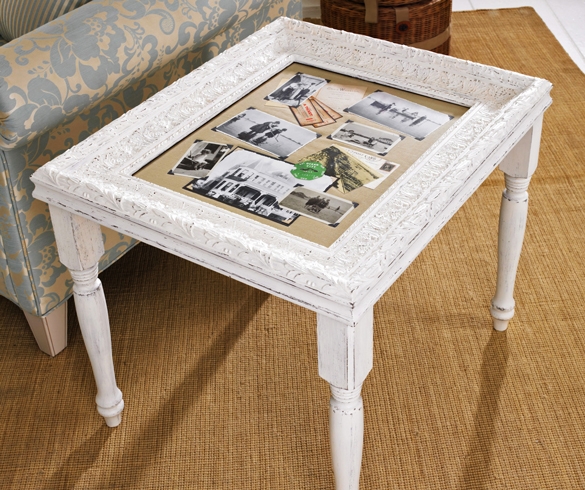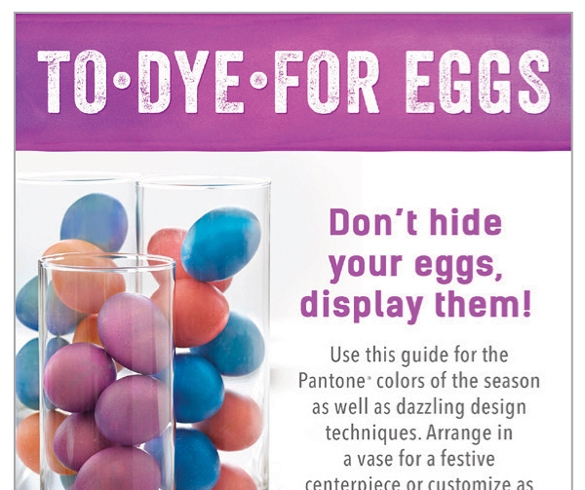Paul West is back at CERES, an award-winning not-for-profit sustainability centre in East Brunswick, for the second time today. It’s just past two-thirty.
Not only is Paul completely in his element here, but it’s a short bike ride along the tranquil Merri Creek trail from his home. First thing in the morning, he came down with his wife Alicia, their two young boys on the back of the bike, for a coffee at The Merri Table, while the kids ran around following the chickens!
The host of River Cottage Australia for four seasons, Paul and his family have been based in Melbourne for the past year-and-a-half. He’s been working on his forthcoming book about how simple it can be growing, preparing and enjoying your own food.
Prior to that, this boy from the tiny Hunter Valley town of Murrurundi trained as a chef and studied Permaculture Design. He has worked in all areas of food production, from growing fruit and veg to WWOOFing (Willing Workers On Organic Farms) in orchards, at wholesale markets, retail grocers and top restaurants, including Vue De Monde.
Paul, Alicia and the boys will soon head off on their next adventure. The family is set to return to Tasmania, and a farm where Paul once worked, before WOOFing their way up the Mainland’s East Coast and setting down in Bermagui. The plan is to return to a life of living off the land, with a real sense of community, and to instill these values and benefits in the boys (aged two and four) as they grow up.
Just before they embark, we’ve locked Paul down for our next TDF Talks @Mercedes me in-conversation event, this coming Wednesday – there are still a few tickets available here.
For those who can’t make it, we also had the chance to rack his brain on the urban farming phenomenon and why it’s one we should all be getting on board with!
When you’re not at CERES, how do you spend your days?
I like to think that I’m an advocate for ‘the good life’ – one that’s lived with a close connection to place, food, and community. I try to share my journey and enthusiasm with as many people as possible because, in my own experience, a life lived like that supplies everything a person needs for a happy, abundant life.
I grew up in a town with less than 1,000 people, and it deeply impressed on me the joys and importance of community life. Traveling around Australia in my early twenties, hitchhiking and working as a WWOOFer opened my eyes to how growing and sharing food deepens those community bonds even further.
I’ve been living in Melbourne for the past 18 months, growing vegetables in a backyard in Thornbury and writing a book about it to share with people how easy it can be to start growing and cooking your own food.
Why do you think it’s more important than ever to be growing your own food locally?
Being directly involved with the food that you eat has been a fundamental part of human existence up until the explosion of industrial agriculture. Because of that timeless and essential relationship, so much of what makes us happy and healthy both physically and mentally is directly derived from having a close relationship with what we eat.
Local food allows us to foster that relationship in the modern world, while directly increasing the food security of our own communities.
What are some examples you have come across in ‘the field’ that reinforce these ideas?
The work CERES does here, in terms of education – more than 50,000 school kids come through the farm on excursions each year! – and as a facility in the inner-city is fantastic. The spaces, farms and all the courses give people a way to not only connect to our food sources and learn new skills, but also build community.
Internationally, you can look at what has happened in Detroit in the US. In the 1950’s it was an industrial powerhouse, then through increased suburbanisation and a collapse of the auto manufacturing industry, half the population left and those that remained lived in a city with shrinking government support and a dire lack of access to fresh food.
Residents took food sovereignty matters into their own hands and now there is over 1,400 farms and food gardens that grow thousands of tonnes of fresh produce within the confines of the city. This movement has seen Detroit go from being the poster child of urban decay to a beacon demonstrating the power and benefit of a local food system.
Stop by CERES when you can, or watch the TED talk from Devita Davison from Detroit Food Lab to hear stirring first-hand reports of the impact that urban food growing is having.
Why would you encourage our readers to give growing their own food a go?
We’re surrounded by bad news for the future.
Growing a bit of your own food, cooking it up and sharing a table with loved ones is something that any of us can do. It’s personal, local action that empowers us when global problems can leave you feeling powerless.
And what’s to be afraid of? There’s no competition, no rules, no expectation. You might accidentally kill a pot of herbs or add too much salt to a dish, who cares? You won’t be voted off the island!
The main thing is that you’re trying, in whatever capacity you can.

Chef-turned-sustainable-farmer Paul West. Photo – Amelia Stanwix for The Design Files.

The Honey Lane Market Garden at CERES, an award-winning not-for-profit sustainability centre in East Brunswick. Photo – Amelia Stanwix for The Design Files.

Paul has been working on his forthcoming book about how simple it can be growing, preparing and enjoying your own food. Photo – Amelia Stanwix for The Design Files.

Ahead of the book release and a move to NSW, Paul will be sharing his learnings and ideas at TDF Talks @Mercedes me, next Wednesday. Photo – Amelia Stanwix for The Design Files.

For Paul, nothing trumps a deeply nourishing meal and made with ingredients you have grown yourself. Photo – Amelia Stanwix for The Design Files.

He advises that you shouldn’t expect to be a pro straight away, and that rather the reward is in the process of growing (you and the plants!). Photo – Amelia Stanwix for The Design Files.

Start simple, perhaps with one pot of parsley? Photo – Amelia Stanwix for The Design Files.








